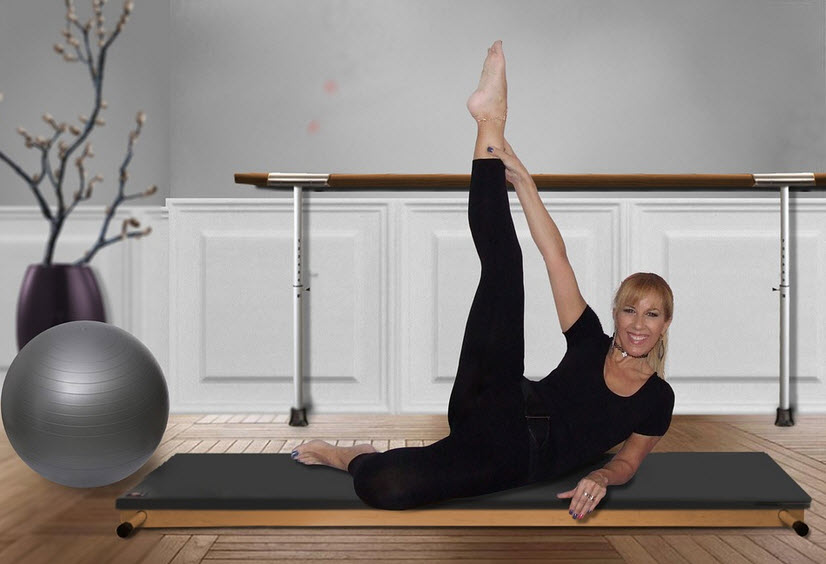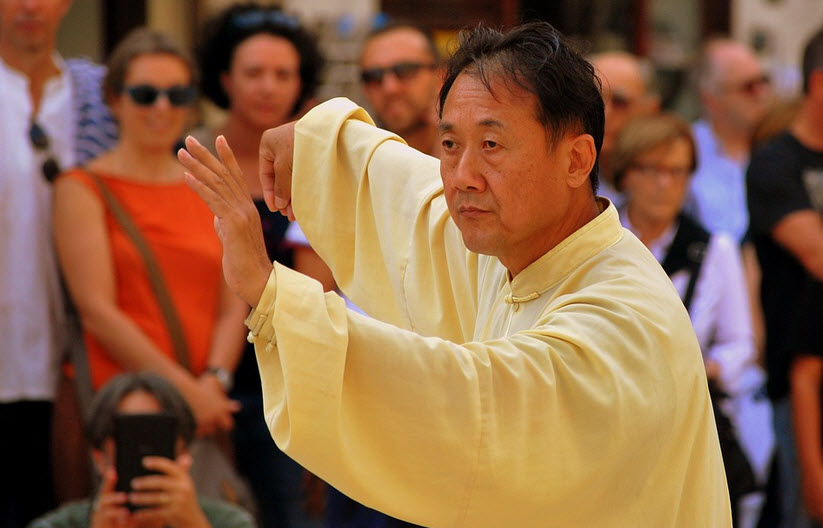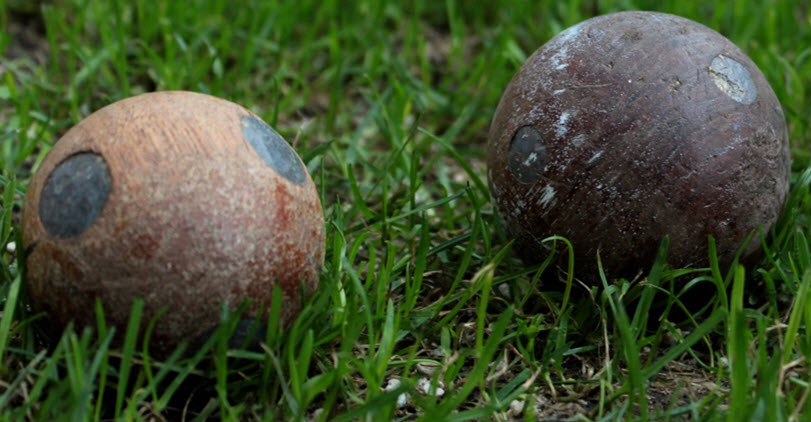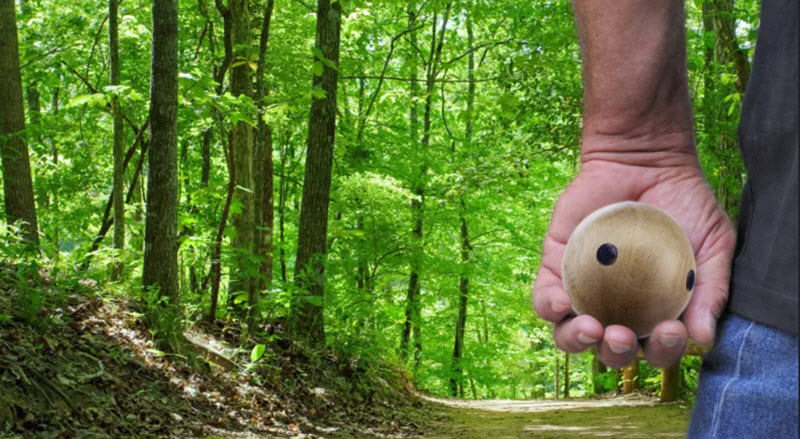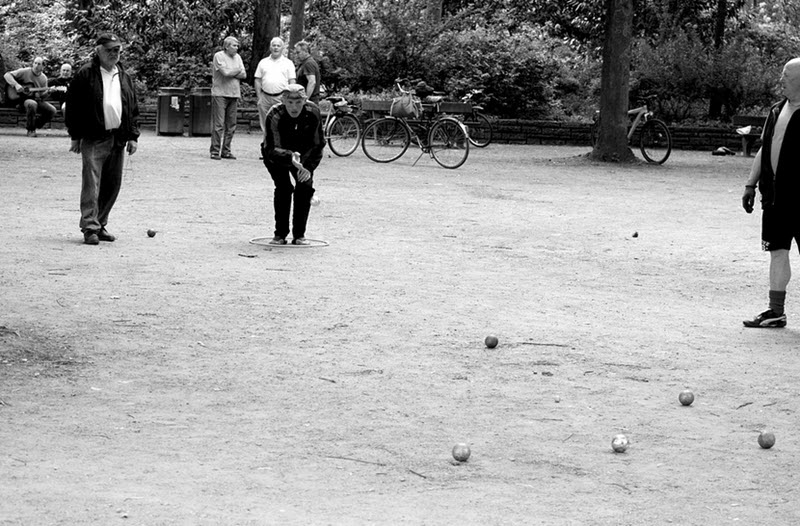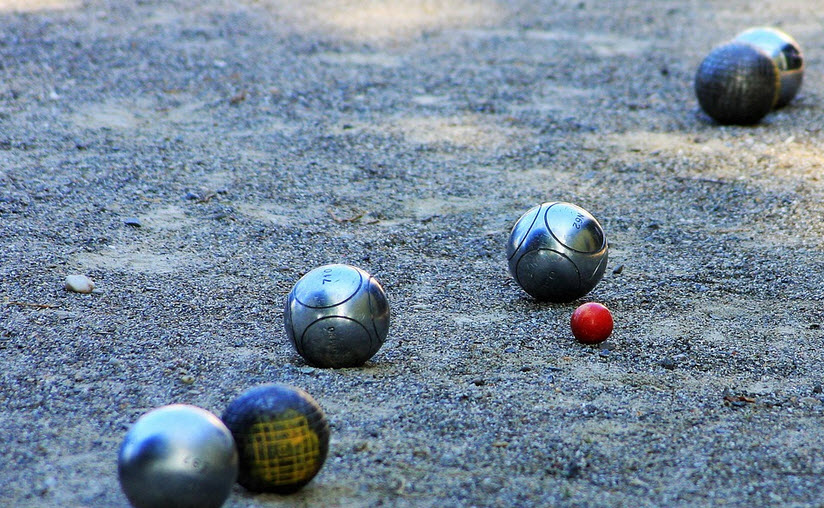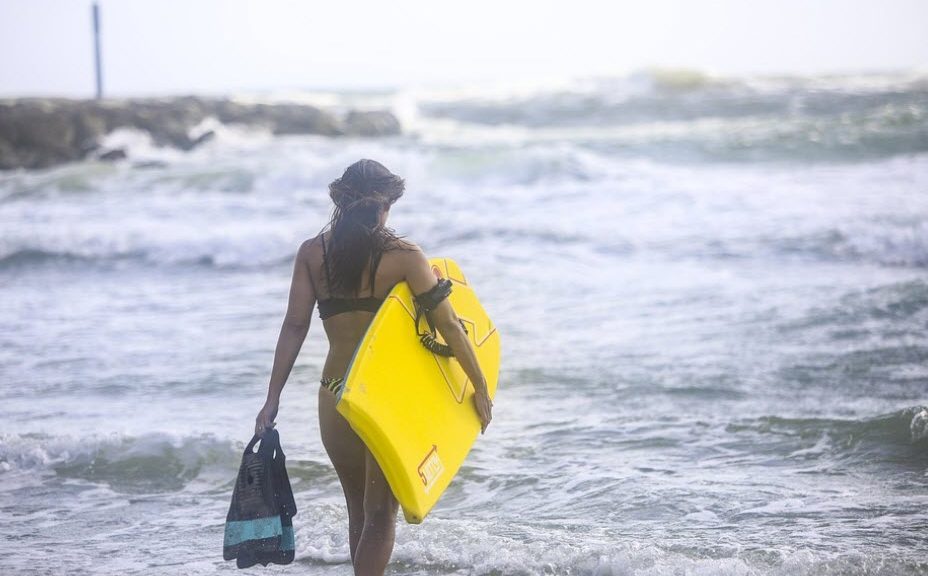
Body Surfing
Body surfing is an aquatic activity that humans have enjoyed for centuries. It involves riding a wave without the assistance of any buoyant devices such as surfboards or bodyboards, relying solely on one’s body to catch and harness the power of the ocean waves. This article examines the art of body surfing, its history, techniques, and tips for both novices and seasoned body surfers.
Tracing the Origins of Body Surfing
An Ancient Pastime
The genesis of body surfing is believed to be rooted in ancient Polynesian culture. The Polynesians were known for their profound connection with the sea, and catching waves with their bodies was not only a form of recreation but also a rite of passage for young warriors. The art of body surfing has evolved over the centuries and has been adopted by various cultures around the world.
Modern Revival and Popularity
Body surfing was resurgent in the early 20th century, especially in places like Hawaii and California, where the surf culture was blossoming. Today, it remains an integral part of the surfing community and is revered for its simplicity and the intimate connection it offers with the ocean.
The Art and Technique of Body Surfing
Catching the Wave
One of the essential skills in body surfing is learning how to catch a wave. This involves timing, positioning, and a keen sense of the ocean. As the wave approaches, the body surfer must swim vigorously towards the shore, matching the speed of the wave. The goal is to position oneself in the wave’s pocket, where the wave is steepest, to harness its energy.
Riding the Wave
Once on the wave, the body surfer must streamline his or her body to reduce drag. This is done by extending the arms in front or to the side and keeping the legs together. Leaning to either side can help in steering. It is also essential to keep an eye on the wave and anticipate its movement.
Safety and Etiquette
Body surfing can be dangerous, especially in large surf. It is crucial to be aware of the environment, including currents, tides, and other surfers. Additionally, it’s essential to follow surfing etiquette, such as not dropping in on someone else’s wave.
Equipment and Gear for Body Surfing
Swim Fins
Though body surfing requires minimal equipment, swim fins are highly recommended. They provide additional propulsion and control, which are crucial for catching and riding waves effectively.
Wetsuits and Rash Guards
Depending on water temperatures, a wetsuit may be necessary. Even in warmer waters, wearing a rash guard can prevent skin irritation caused by extended contact with the water and sun exposure.
Hand Planes
Some body surfers opt to use a hand plane – a small board strapped to the hand. It helps to lift the surfer’s body out of the water, providing more control and longer rides on the wave.
Tips for Aspiring Body Surfers
Choose the Right Conditions
For beginners, it is advisable to start in small, manageable waves and gradually progress as confidence and skills improve.
Practice Swimming
Being a strong swimmer is essential in body surfing. Regular swimming workouts can increase endurance and comfort in the water.
Learn From Others
Watching and learning from experienced body surfers can be incredibly valuable. Don’t hesitate to ask for tips and advice.
